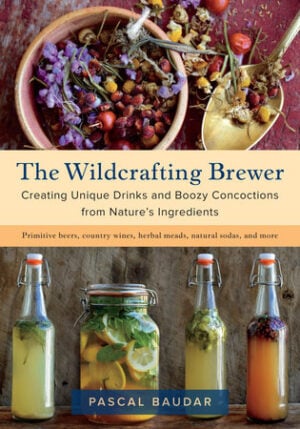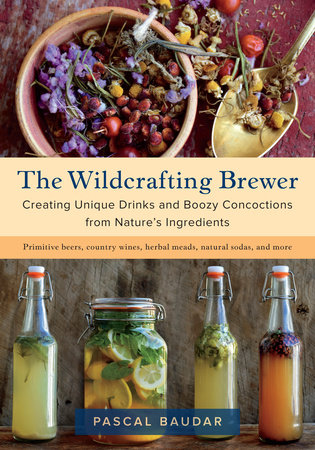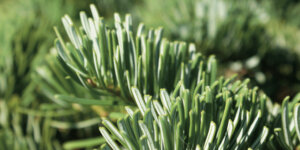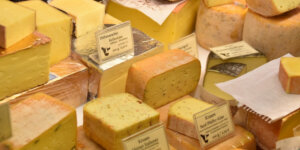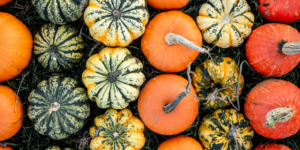Northeastern Kvass

When you’re on a fall hike, taking in the colorful leaves, sharp snaps of twigs beneath your feet, marveling at the beautifully knotted roots of the trees in front of you, you’re probably not thinking about how delicious they all taste together. But boy, you should be! Almost every ingredient in this nature-infused Northeastern Kvass can be found in a forest and with just one sip you will be transported deep into the woods whilst sipping from the comfort of home.
The following excerpt is from The Wildcrafting Brewer by Pascal Baudar. It has been adapted for the web.
This recipe is based on the forest I like to hike in Vermont. It’s a mix of pine and root flavors, a bit like a kvass root beer. It’s quite enjoyable and nutritious. The method is a bit different, as the pine branches and spruce are not boiled. Of course, maple syrup is the source of sugar for this fermentation, and the wild yeast is from a dandelion flower starter.
Ingredients
1 ⁄2–1 pound (227–454 g) rye (or other) bread 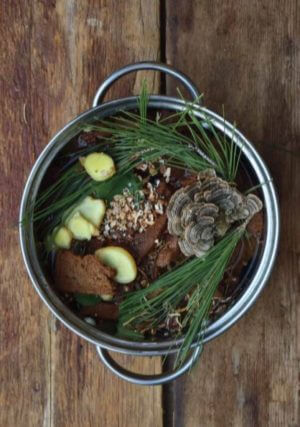
1 gallon (3.78 L) water
1–1 1 ⁄2 cups (250–360 ml) maple syrup
2 tablespoons (10 g) sassafras root bark
1 tablespoon (5 g) sarsaparilla roots (optional)
1 tablespoon (5 g) chopped dandelion roots
1 ⁄2 teaspoon (1 g) dried wintergreen leaves
Handful of turkey tail mushrooms (just because I like them and they’re good for you)
Small piece (3 ⁄4–1 inch/2 cm) gingerroot (optional)
A couple of small spruce or white pine branches, or any lemony-tasting pine needles (you can also use a couple of lemons if you want; juice them and then throw them in the pot)
1 ⁄2–3 ⁄4 cup (120–180 ml) wild yeast or commercial beer yeast
Procedure
Use a similar brewing method as Traditional Bread Kvass. The main differences are that you can place the turkey tail mushrooms in the water from the start (at the same time as the sugar) so they boil longer than the other ingredients. The spruce or white pine branches are added when the liquid is cooled down and the yeast goes in. It’s a personal choice, but I don’t like the flavor of boiled spruce/fir/pine. Don’t forget to cut the top of the needles so the flavors can be extracted. Because I use lots of barks, dried leaves, and roots in this recipe, I don’t place the pot in cold water but simply set it outside. The warm water cools slowly, and I extract more flavors that way.
- Slice the bread and break the slices into smaller pieces. Place them in a preheated 350°F (177°C) oven for 10 minutes, then broil on high until golden brown—this can take 3 to 5 minutes depending on your oven. You basically want your bread to look like slightly overdone toast, which will give the brew a nice amber look and better flavors.
- Meanwhile, pour the water and sugar into a pot and bring the liquid to a boil. Place the toasted bread, herbs, and raisins in the boiling liquid and stir briefly. Bring the liquid back to a boil, then remove the pot from the heat.
- Place the pot (with the lid on) in cold water and cool the liquid to 70°F (21°C), then add the yeast (1 ⁄2 to 3 ⁄4 cup or 120–180 ml for wild yeast starter). Either keep everything in the original pot with the lid on or transfer the contents into a fermenting bucket fitted with an airlock or a clay pot/glass container with a clean towel on top.
- Ferment for 8 to 12 hours, until you see some bubbling going on, then strain the liquid into a bottle or into recycled soda bottles if you want carbonation. Check the pressure and place the bottles in the refrigerator when ready. Drink within a couple of weeks.
Recommended Reads
Recent Articles
The scent of fir trees is a holiday staple 🎄 Imagine sipping a festive cocktail infused with the unmistakable taste of fir ✨ This holiday season, elevate your entertaining game by introducing fir to your menu – from classy cocktails to rustic potatoes!
Read MoreLooking for a way to use that leftover Thanksgiving Turkey? Shake things up this holiday season with a game-changing twist. Serve these easy-to-make appetizers with a side of Vietnamese dipping sauce for an extra kick of flavor!
Read MoreAttention all cheese lovers! If you’re looking for recipes to satisfy all your cheesy needs, then look no further.
Read MorePumpkins: Halloween symbol or sweet treat? But have you ever wondered how they became a holiday staple? Discover the rich history behind this fall favorite!
Read More

